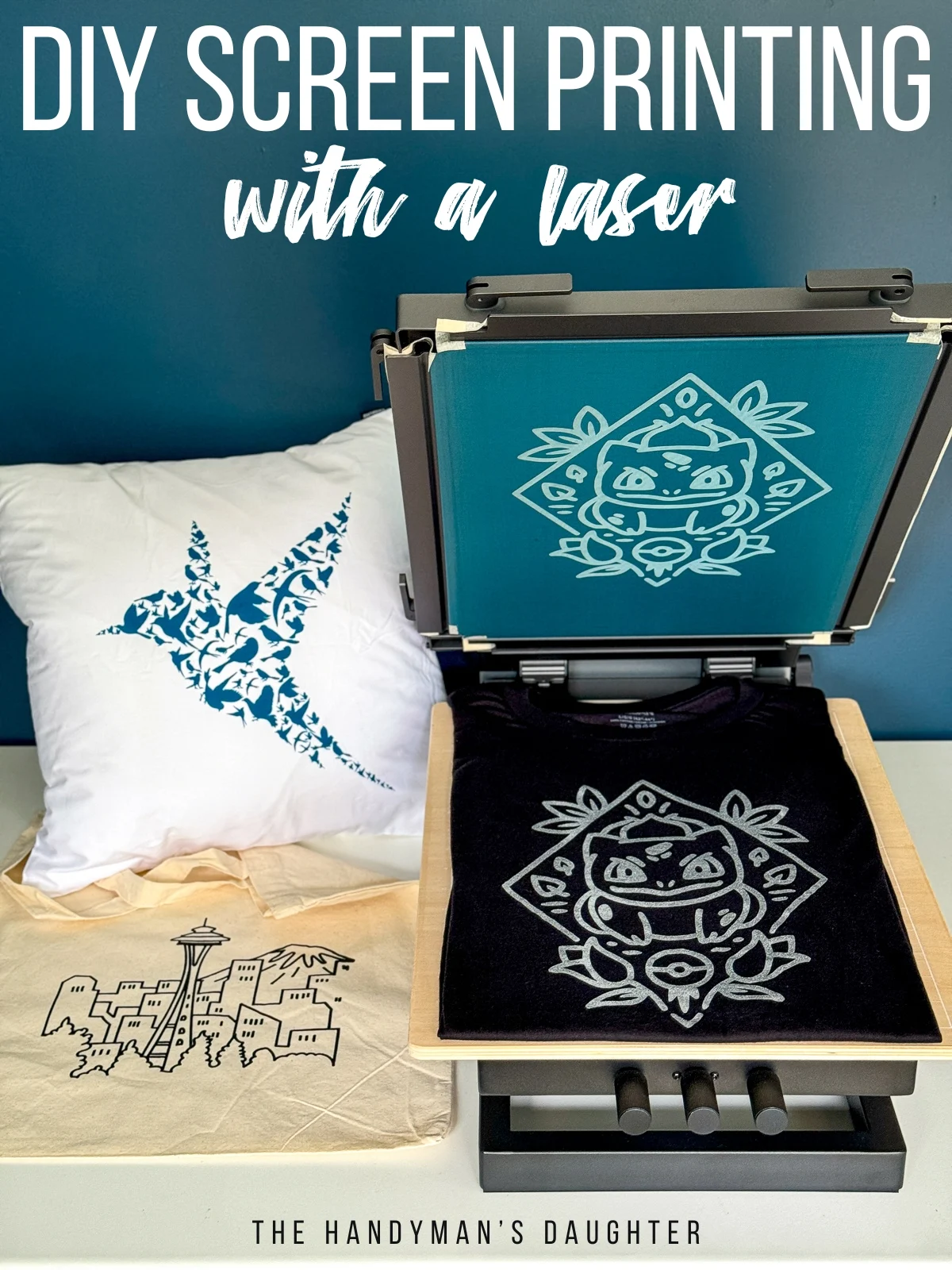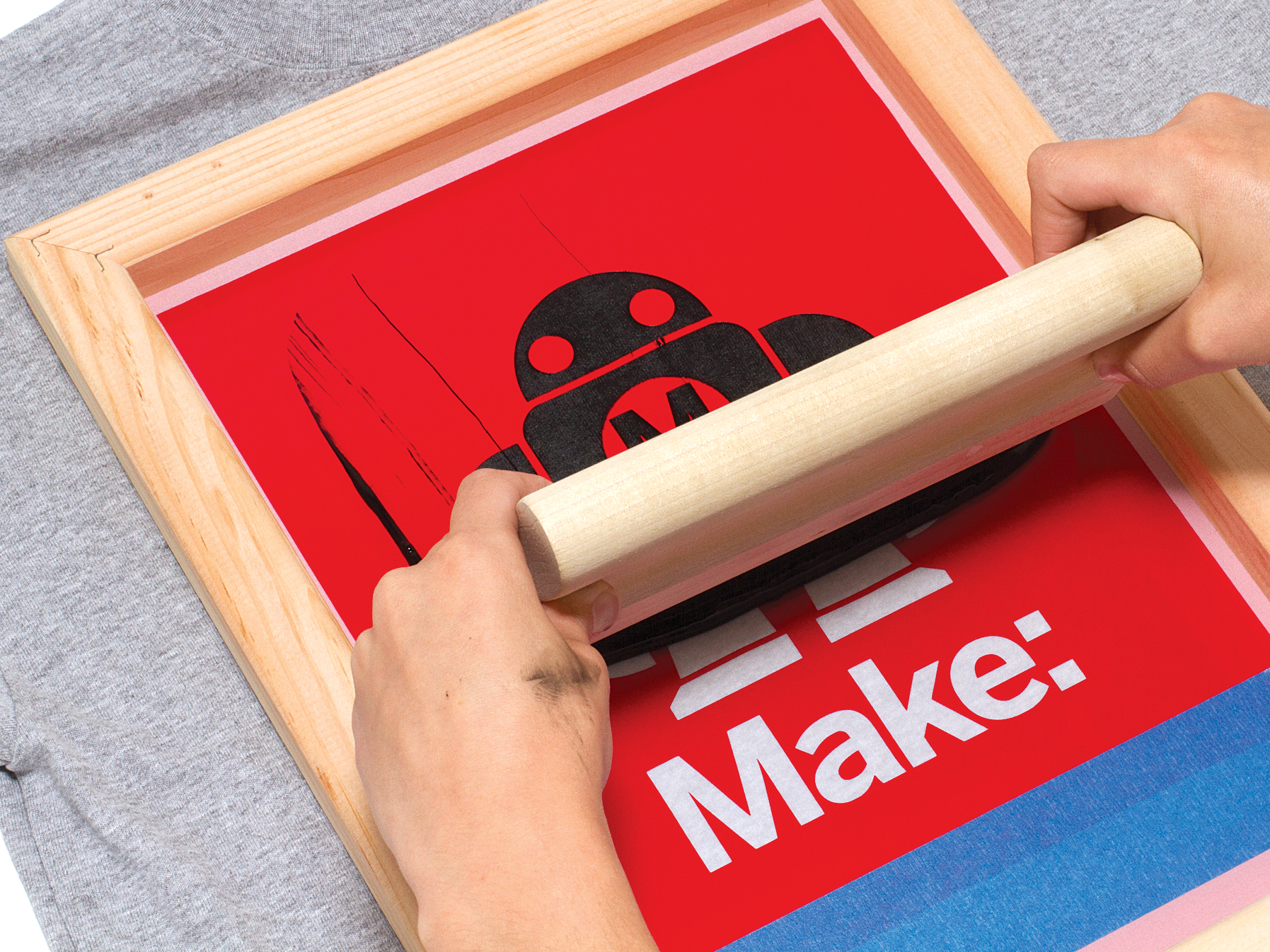The Essential Overview to Comprehending Screen Printing and Its Versatile Uses
Screen printing has an abundant history that goes back to ancient times, progressing into an advanced strategy used throughout numerous markets today. This overview discovers the details of the screen printing procedure, detailing its applications in marketing, fashion, and home decoration - 10:9 Design Company. Understanding these principles can open innovative potential for both business and imaginative tasks. The following sections will certainly reveal necessary ideas and methods to boost one's screen printing undertakings
The History of Screen Printing
Screen printing has roots that map back centuries, its advancement mirrors the artistic and technological advancements of various societies. Coming from in old China, the method was originally utilized for decorating textiles and later spread to Japan, where it came to be integral to Ukiyo-e woodblock printing. The approach shifted to Europe in the 18th century, where it got popularity amongst artisans and industrial printers. The invention of picture solution in the 20th century revolutionized screen printing, enabling for more intricate styles and higher performance. Artists like Andy Warhol even more thrust its appeal, utilizing the medium to create legendary works that combined commercialism and great art. By the late 20th century, screen printing had established itself as a flexible strategy, utilized in vogue, advertising and marketing, and great art. Today, it remains to develop, integrating electronic technology and broadening its applications throughout numerous markets.
The Screen Printing Process Explained
Screen printing transforms creative visions into concrete styles via a series of accurate actions. Originally, a photo is developed and after that transferred onto a screen, typically made from fine mesh material stretched over a framework. A light-sensitive emulsion is related to the screen, which is subjected to light, hardening in locations not covered by the photo. After cleaning out the unhardened emulsion, a stencil is formed.
Next off, the screen is positioned over the substratum, whether it be material, paper, or another material. Ink is after that pressed with the open areas of the pattern making use of a squeegee, depositing the design onto the substrate below. This procedure can be duplicated for multiple colors, calling for different screens for each hue. Ultimately, the published item is treated making use of warm to assure the ink sticks correctly, causing a durable, vivid style prepared for usage.
Sorts Of Screen Printing Techniques

Additionally, specialized techniques, such as discharge screen printing, remove color from the textile to develop softer prints, while foil screen printing applies metal aluminum foil to accomplish a glossy coating (10:9 Design Embroidery). Each strategy uses distinctive qualities, accommodating numerous creative needs and manufacturing ranges, ultimately broadening the possibilities within the screen printing domain
Applications of Screen Printing in Different Industries

Additionally, the signage and advertising fields use screen printing for producing captivating screens and banners. This technique allows for bold colors and elaborate layouts that catch focus. In electronics, screen printing is used for applying conductive inks to motherboard, essential for element links. Additionally, the home décor market accepts screen printing to create distinct designs on fabrics and wall surface art. In general, screen printing offers as a crucial device throughout varied areas, boosting items with personalized and visually appealing graphics.
Tips for Effective Screen Printing Projects
While carrying out a screen printing job, mindful attention to detail can significantly improve the last end result. Initially, selecting high-quality products is essential; this includes the screen, inks, and substrates. Making use of ideal mesh counts can impact ink deposition and information resolution. Prep work is just as vital; thorough cleansing of displays and correct direct exposure times assure crisp prints.
Next off, exact enrollment is important for multi-color prints. Making use of alignment tools can help achieve precise layering. Additionally, testing prints on scrap products before manufacturing aids recognize possible problems without squandering resources.

Often Asked Questions
What Products Are Finest for Screen Printing on Fabric?
Cotton and polyester blends are optimal for screen printing on textile as a result of their toughness and ink absorption. Furthermore, specialty see this here textiles like silk or canvas can generate unique textures and finishes, enhancing the total style high quality.
How Do I Clean and Maintain Screen Printing Equipment?
To keep and clean up screen printing equipment, one ought to consistently clean displays with proper solvents, check squeegees for wear, lubricate moving parts, and store all things in a completely dry, dust-free atmosphere to extend their lifespan.
What Are the Ecological Influences of Screen Printing?
Screen printing can have considerable environmental impacts, including chemical waste from solvents and inks, water usage during cleaning processes, and energy intake. Lasting methods and environment-friendly materials are necessary for lessening these unfavorable effects.
Can Screen Printing Be Done in the house Successfully?
Screen printing can be efficiently done at home with the right products and methods. Enthusiasts can produce quality prints, though success relies on their skill degree, equipment, and understanding of the process involved.
What Are the Prices Related To Starting a Display Printing Business?

Beginning a screen printing business includes expenses for equipment, materials, and work space. First expenditures generally range from a few hundred to several thousand dollars, depending on the scale, top quality of equipment, and wanted production capability.
Screen printing has a rich background that dates back to ancient times, progressing right into an advanced strategy used across different markets today. An additional strategy, rotary screen printing, utilizes cylindrical screens, assisting in continual printing on textile rolls, thereby enhancing performance for large-scale productions. Additionally, specialty techniques, such as discharge screen printing, eliminate dye from the material to produce softer prints, while foil screen printing uses metallic aluminum foil to achieve a glossy finish. In the style field, screen printing is commonly made use of to produce lively styles on clothing, enabling brands to display their one-of-a-kind designs. Cotton and polyester blends are perfect for screen printing on fabric due to imp source their sturdiness and ink absorption.